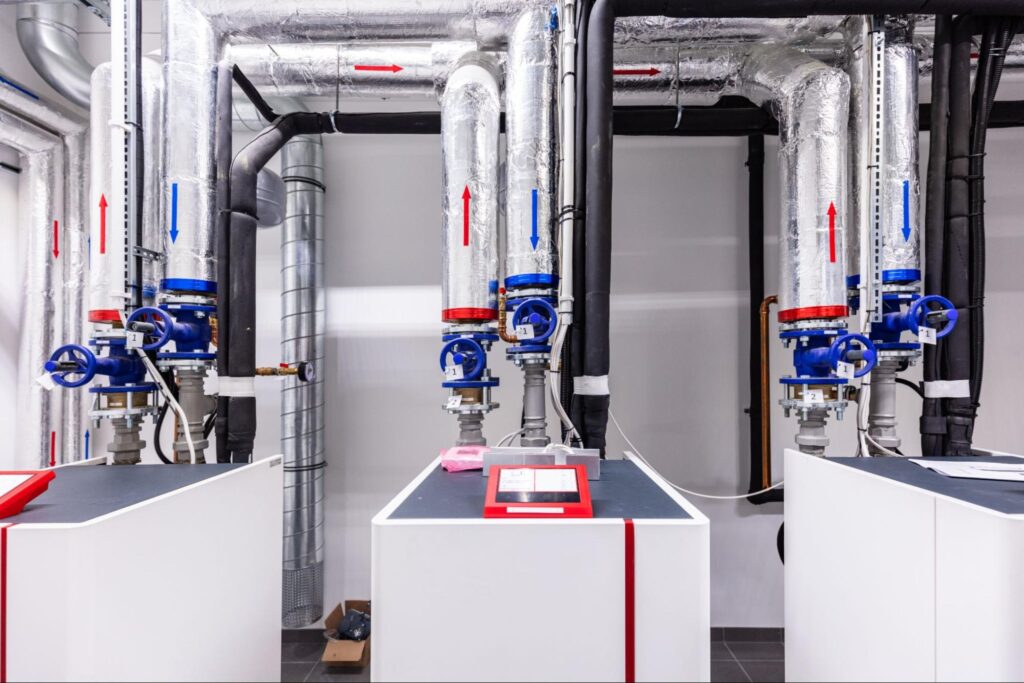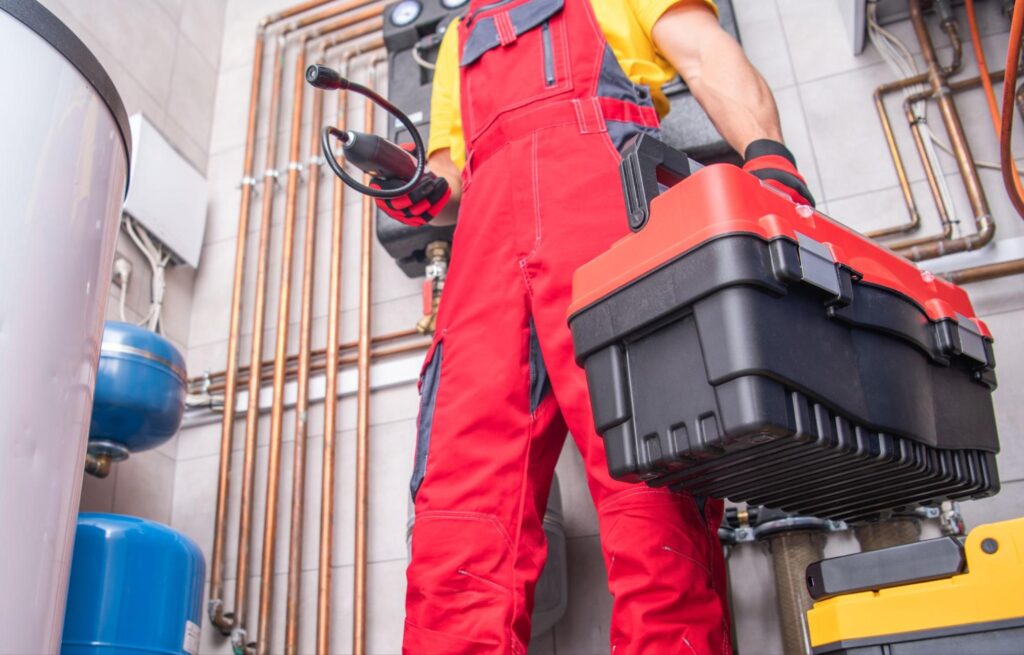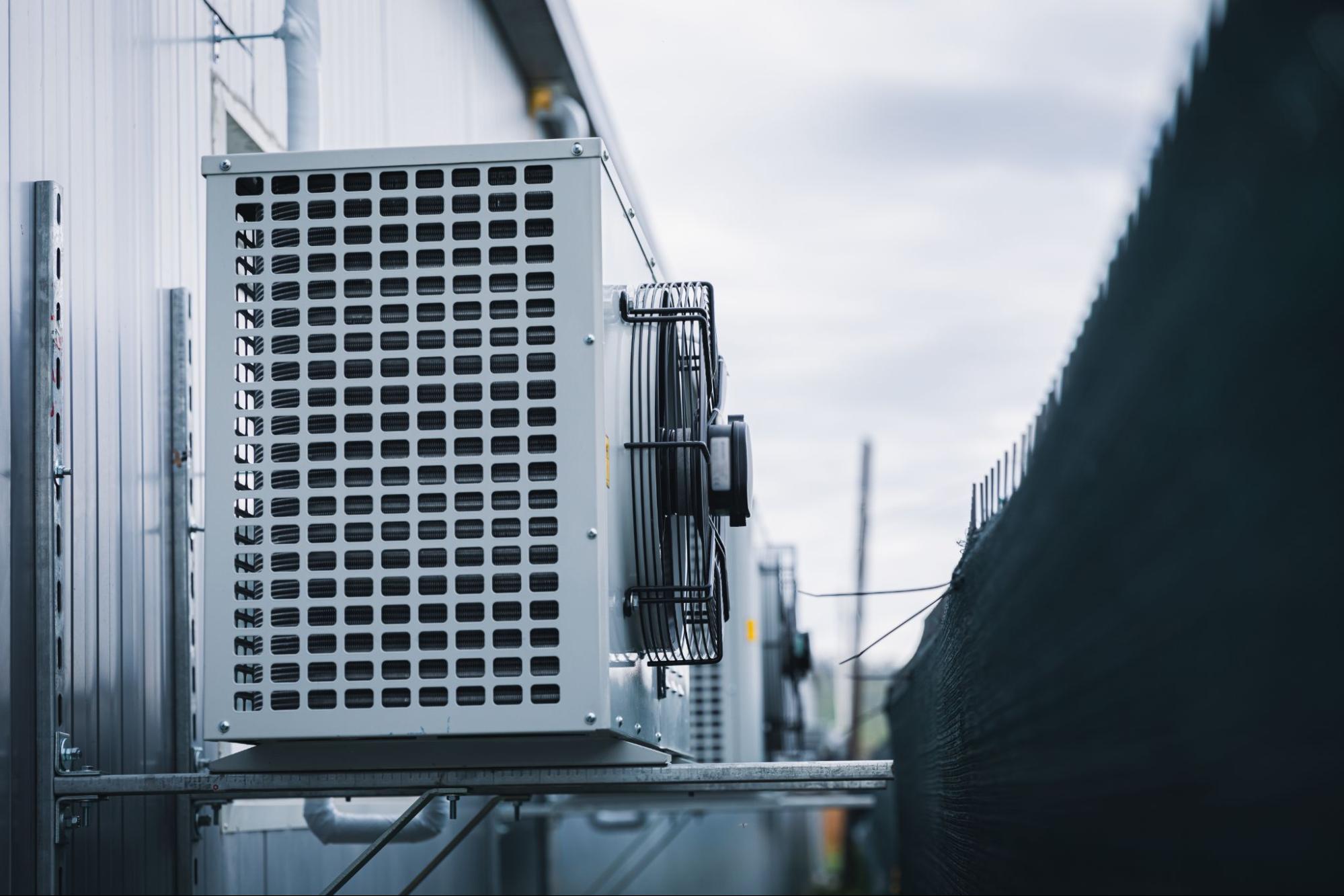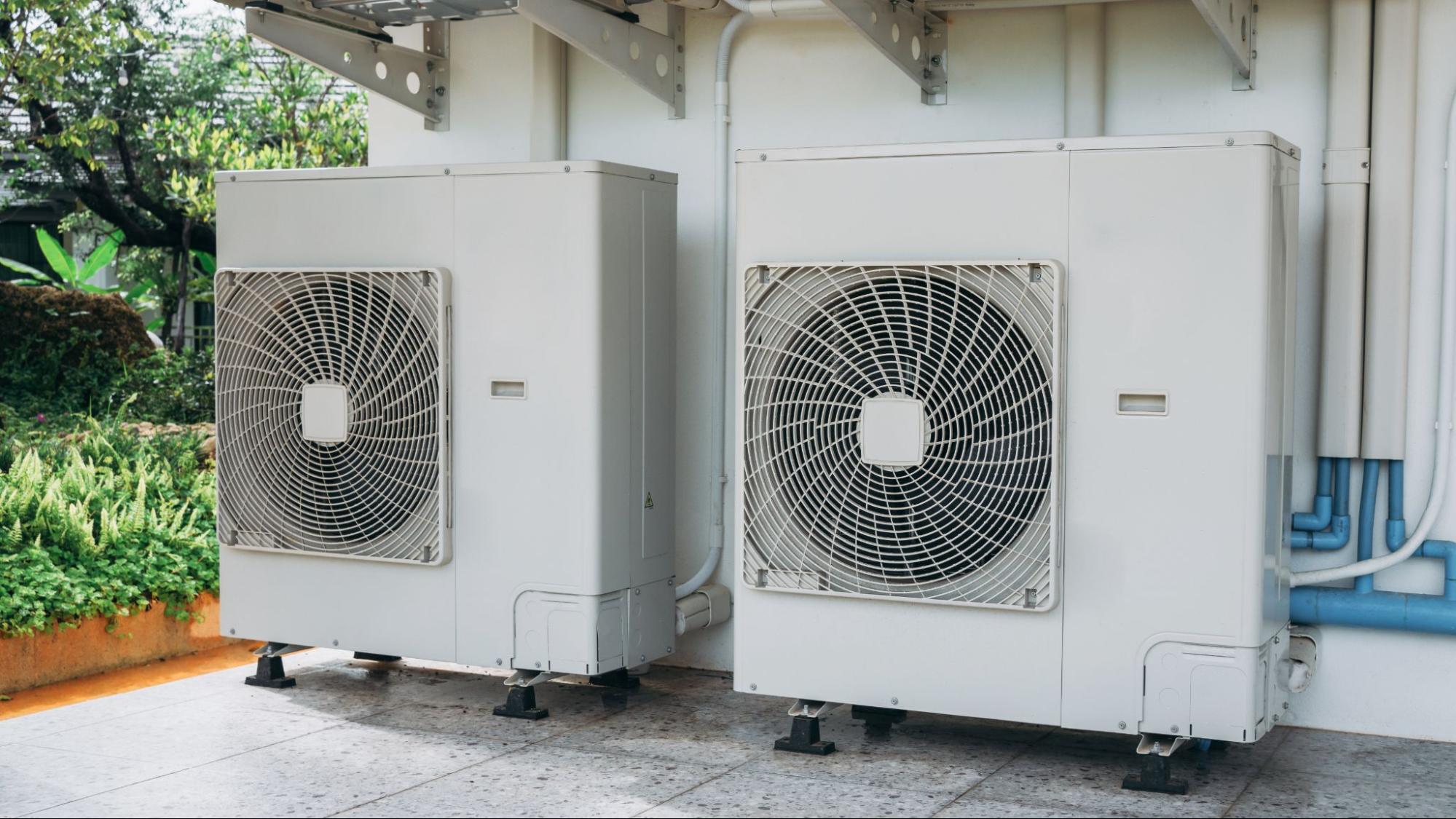Selecting the right residential furnace transforms chilly mornings into consistent comfort, reduces energy bills, and extends system lifespan. In this guide, you’ll discover the four main fuel-source furnace types, how single-stage, two-stage, and modulating operation affects performance, what AFUE ratings mean, sizing and installation considerations, alternatives like heat pumps, essential maintenance steps, and the cost-savings potential of high-efficiency systems. Whether you’re replacing an older model or installing new equipment, understanding these factors helps you pick a furnace that balances efficiency, durability, and your regional climate needs.
What Are the Main Types of Residential Furnaces by Fuel Source?
Residential furnaces differ primarily by their fuel source—natural gas, electricity, heating oil, or propane—and each heating appliance uses a distinct mechanism to convert fuel into warm air. Recognizing these differences ensures you choose the most cost-effective and practical option for your home.
What Is a Natural Gas Furnace and What Are Its Pros and Cons?
A natural gas furnace burns methane-based fuel in a combustion chamber to heat air that circulates through ductwork, offering rapid warmth and lower operating costs in gas-connected areas.
- Cost-effective fuel pricing
- Fast heating response
- Widely available infrastructure
- Requires professional gas-line installation
- Produces combustion byproducts
- Annual flue and burner maintenance
Natural gas’s affordability and performance make it a top choice where utility lines exist, leading into choices for all-electric and alternative fuel systems.
How Do Electric Furnaces Work and When Are They Suitable?
Electric furnaces employ resistance coils or heating elements to warm air directly, providing 100% heat transfer efficiency at the point of use, but often higher utility bills.
- No on-site fuel storage or emissions
- Lower upfront equipment cost
- Simple installation in homes with existing electrical capacity
- Higher operating cost per BTU
- Reduced performance in extreme cold without supplemental heat
- Reliance on electricity pricing fluctuations
For homes without natural gas lines or in mild-climate zones, electric furnaces offer clean operation and straightforward maintenance, bridging to options for liquid-fuel appliances.
What Are the Benefits and Drawbacks of Oil Furnaces?
Oil furnaces combust heating oil in a burner assembly to produce intense heat, well-suited for rural areas without gas mains.
- High heat output for rapid warming
- Independence from municipal gas supply
- Long lifespan with proper servicing
- Requires on-site oil tank and space
- Higher fuel price volatility
- More frequent filter and nozzle maintenance
Oil furnaces deliver powerful heating where pipelines are unavailable, prompting consideration of propane as a liquid-fuel alternative.
How Do Propane Furnaces Compare and What Are Their Storage Needs?
Propane furnaces burn liquefied petroleum gas stored in above-ground or buried tanks, combining portability with cleaner combustion than oil.
- Lower emissions versus heating oil
- Efficient BTU output per gallon
- No reliance on municipal utilities
- Requires safe tank installation and periodic refilling
- Fuel cost can be higher than natural gas
- Tank inspections and leak checks are mandatory
Propane systems offer versatility in remote settings, illustrating how fuel logistics influence furnace selection.
How Do Furnace Operation Types Affect Efficiency and Comfort?
Furnace operation categories—single-stage, two-stage, and modulating—determine how precisely heat output matches demand, impacting comfort consistency and energy use. Understanding these mechanisms directs you to the right investment level.
| Stage Type | Efficiency Range | Comfort Control | Cost Factor |
| Single-Stage | 80–85% AFUE | On/off cycles at full blast | Lowest upfront cost |
| Two-Stage | 90–94% AFUE | High/low settings for steadier heat | Moderate investment |
| Modulating | 95–98% AFUE | Continuously adjusts output | Higher initial cost |
Single-stage furnaces deliver basic on/off operation at maximum capacity, ideal for smaller budgets, while two-stage units offer better temperature control. Modulating furnaces maximize energy savings and comfort by fine-tuning heat output in small increments, guiding homeowners to weigh upfront costs against long-term benefits.
What Is a Single-Stage Furnace and When Is It Ideal?
A single-stage furnace runs at full capacity until the thermostat is satisfied, making it the most affordable option for moderate climates or smaller homes where precision control is less critical. Its straightforward design requires minimal maintenance, though temperature swings can be more noticeable between heating cycles.
How Does a Two-Stage Furnace Improve Heating Performance?
Two-stage furnaces alternate between high and low settings, operating at lower capacity most of the time to maintain steadier temperatures, reduce noise, and improve humidity control. This dual-speed mechanism balances comfort and efficiency for mid-range budgets.
Why Are Modulating Furnaces Considered the Most Energy-Efficient?
Modulating furnaces adjust burner output in small increments—often as fine as 1% steps—to exactly match heat demand, which minimizes cycling losses and keeps indoor temperatures constant. The precise control translates into the highest AFUE ratings and the greatest potential for energy savings.
What Is AFUE and How Does It Impact Furnace Efficiency?
AFUE (Annual Fuel Utilization Efficiency) quantifies a furnace’s seasonal efficiency by comparing heat output to fuel consumed, expressed as a percent. Higher AFUE indicates more of your fuel converts to household heat rather than exhaust losses, directly affecting utility bills and environmental impact.
| AFUE Rating | Efficiency Description | Impact on Energy Bills |
| 80–82% | Standard efficiency | Moderate monthly savings |
| 90–94% | High efficiency | Noticeable reduction in bills |
| 95–98% | Ultra-high efficiency | Maximum savings potential |
How Is AFUE Measured and What Do Different Ratings Mean?
AFUE testing simulates a full heating season in a controlled environment, measuring fuel input against heat delivered. An 80% AFUE unit turns 80% of its fuel into heat, while the rest escapes through flue gases; a 95% AFUE model captures nearly all heat for home use, making it more efficient but typically more expensive to purchase.
Which Furnace Types Offer the Highest AFUE Ratings?
Modulating gas furnaces often achieve the highest AFUE values among combustion systems, routinely exceeding 95%. Electric furnaces achieve 100% AFUE at the point of use because all electrical energy converts to heat, though distribution losses and electricity costs temper real-world performance comparisons.
How Do AFUE Ratings Affect Your Energy Bills and Environmental Impact?
Higher AFUE ratings lower your fuel consumption, reducing monthly heating expenses and carbon emissions. Upgrading from an 80% AFUE unit to a 95% AFUE model can cut fuel use by up to 25%, delivering both financial and ecological benefits.
How Should You Size and Install a Residential Furnace for Optimal Performance?
Proper furnace sizing ensures your heating appliance delivers sufficient BTUs without excessive cycling, maximizing both comfort and equipment longevity. Correct installation addresses airflow, venting, and safety compliance—all critical to reliable operation.
Why Is Proper Furnace Sizing Critical for Home Comfort?
A furnace sized too small will struggle to maintain target temperatures during cold spells, while an oversized unit heats quickly then cycles off, leading to poor humidity control and wasted energy. Professional load calculations match your home’s square footage, insulation levels, and climate to the furnace’s BTU capacity.
What Are the Alternatives to Traditional Furnaces for Home Heating?
Beyond conventional furnaces, heat pumps and hybrid systems present energy-efficient options, often combining heating and cooling in a single solution.
How Do Heat Pumps Compare to Furnaces for Residential Heating?

Heat pumps transfer heat from outdoors into your home using refrigerant cycles, offering efficiencies above 300% (three units of heat per unit of electricity). In mild climates, they can replace furnaces entirely; in colder regions, cold-climate models or backup heat may be necessary.
What Are Hybrid Heating Systems and Their Benefits?
Hybrid systems pair a heat pump with a gas furnace, automatically switching to gas when outdoor temperatures drop below the pump’s efficient operating range. This combination provides year-round efficiency and reliable warmth during deep freezes.
What Maintenance Is Required to Keep Your Furnace Running Efficiently?
Routine servicing preserves efficiency, prevents unexpected failures, and extends system lifespan. Regular checks by qualified technicians catch issues before they escalate.
How Often Should You Service Different Types of Furnaces?
All furnace types benefit from annual professional tune-ups before the heating season. Oil and propane furnaces may require biannual inspections due to nozzle and filter replacements, while electric systems often need fewer mechanical checks but still require airflow and safety control verification.
How Do Operating Costs Vary Between Gas, Electric, Oil, and Propane Furnaces?
Fuel prices and equipment efficiency drive operating costs. Natural gas typically offers the lowest cost per BTU, followed by propane, heating oil, and electricity. High-AFUE gas and modulating units deliver the greatest savings, while heat pumps can outperform all combustion systems where electricity rates are favorable.
Ready to Choose the Right Furnace for Your Home?

Let S&P Heating help you select the best heating system based on the size, layout, and comfort goals of your New Baltimore home. From high-efficiency models to classic gas setups, our team is here to make furnace selection stress-free and personalized. Contact us today for expert furnace recommendations you can trust.
FAQ Section
Can you switch from an electric furnace to a gas furnace?
Yes, but it depends on your home’s existing infrastructure. Installing a gas furnace requires access to a gas line and potentially additional venting. It’s always best to consult a licensed HVAC technician to evaluate feasibility, safety, and local code compliance.
Are furnace rebates or tax credits available for certain systems?
Yes! Energy-efficient furnaces that meet ENERGY STAR® standards may qualify for rebates or federal tax credits. Your utility company may also offer local incentives. Be sure to ask your HVAC contractor about current programs available in your area.
Next Read: Don’t Miss This!
Now that you’ve nailed down the types of furnaces available, it’s time to look at why an HVAC upgrade might be the smartest move you make this year. Check out our next article:
👉 “Anchorville HVAC Upgrades: Key Benefits of Modern Systems for Local Homeowners“



